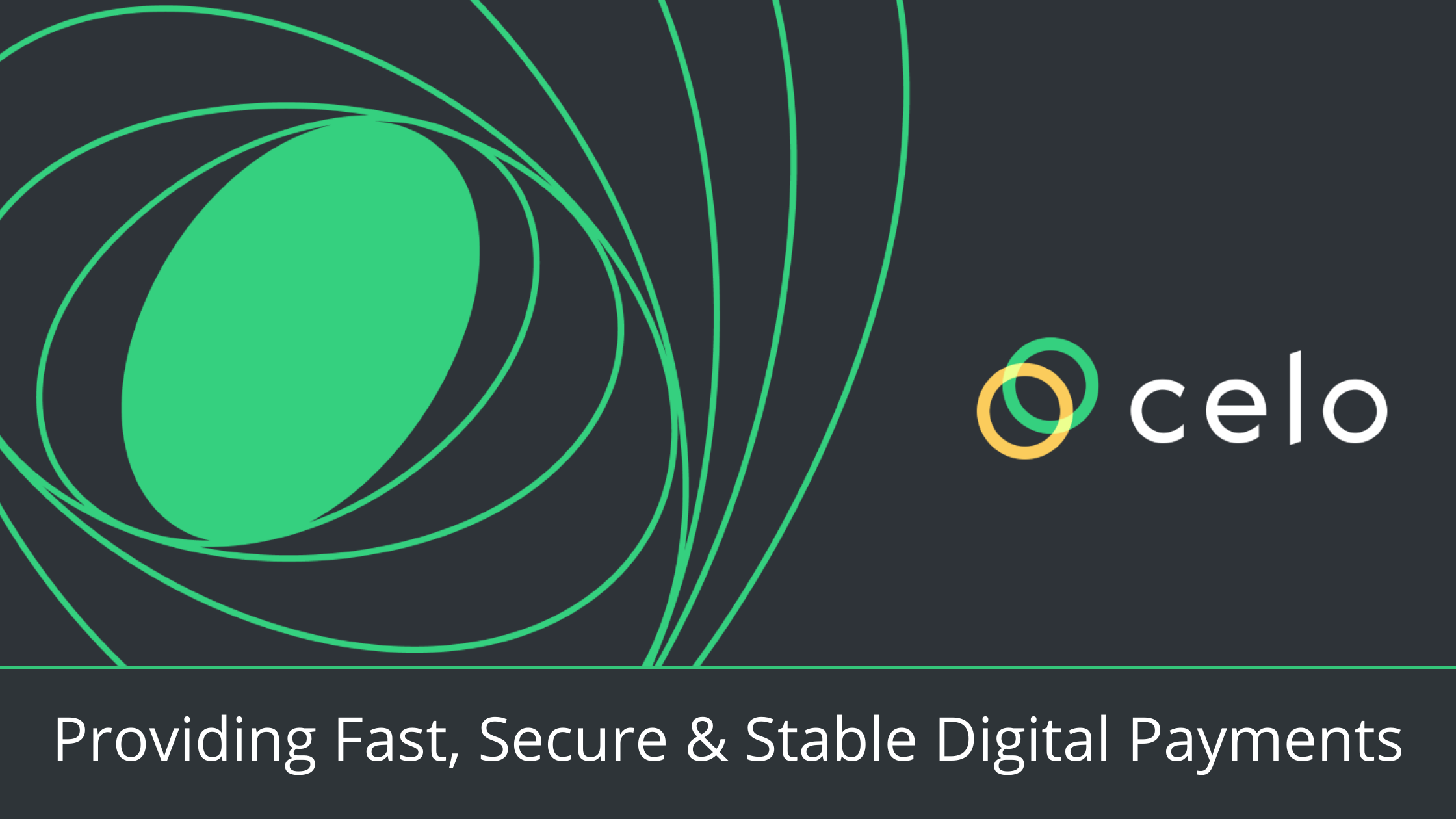Celo is an ambitious project, similar in some respects to Reserve Protocol. Both are backed by renowned tech moguls; Reserve Protocol is backed by Peter Thiel, co-founder of Paypal and Celo is backed by Jack Dorsey, CEO of Twitter.
This is interesting as we have seen with Facebook’s Libra project, players with massive followings in the tech space seem to be drawn to providing some sort of service in this new world of finance.
We have seen enormous backlash and resistance against Mark Zuckerberg’s efforts to creating his digital currency, partly due to the controversy around Facebook’s intrusion into users’ privacy seen in recent years. With access to users’ financial spending habits and control over their financial world too, it would give Facebook more power than most countries.
When analysing the regulatory framework around digital currencies and stablecoins, will there be such a pushback against Celo and Reserve too, due to their backers? The big differences are that these projects are on a decentralized trajectory and open-sourced, meaning that the protocols cannot be used as a tool for power or control.
Celo comes from an interesting philosophical standpoint at an appropriate time in history; prosperity for all. Based around Charles Eisenstein’s Sacred Economics, their vision statement is as follows:
Our mission is to build a financial system that creates the conditions for prosperity – for everyone.
Celo
Their strategy of changing the financial system is through ‘The Theory of Change’; short-term actions will lead to long-term social impact.
Celo’s aim is to create the conditions for prosperity, defined as: people fulfilling basic needs, growing along their own unique paths, and supporting each other.

With their aim to bring prosperity to anybody with a mobile phone, if they do succeed in their vision, we will have a platform for fast, secure, stable digital payments, available to any of the 5.6 billion unique mobile phone users in the world today.
Removing the requirement of a complicated wallet addresses to send payments will make digital payments much more user-friendly and remove friction in our cryptocurrency interactions.
Being able to send money to a new user just by entering their mobile phone number, without them having to interact with Celo beforehand, may remove enough friction to make mass adoption possible.
How do the tokens function?
There is a two-token infrastructure and as highlighted below, the CELO token is the speculative, fluctuating asset that holds the collateral required to keep the CUSD stable (pegged to the US Dollar).

Contributors & Backers
There are a whopping 96 contributors to the Celo ecosystem, as well over 80 companies and individuals supporting Celo, including prominent firms in the space such as Coinbase Ventures and Polychain Capital.

Alliances in the DeFi ecosystem
There are a number of strategic alliances that have been formed, which contribute towards growing the liquidity, utility and exposure for the Celo DeFi ecosystem:









Collaboration has been one of the main themes for Celo, as we can see by their ecosystem, contributors and backers.





